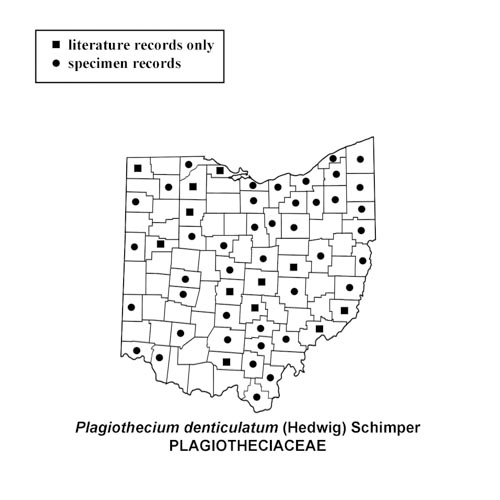Plagiothecium denticulatum
“pressed silk moss”
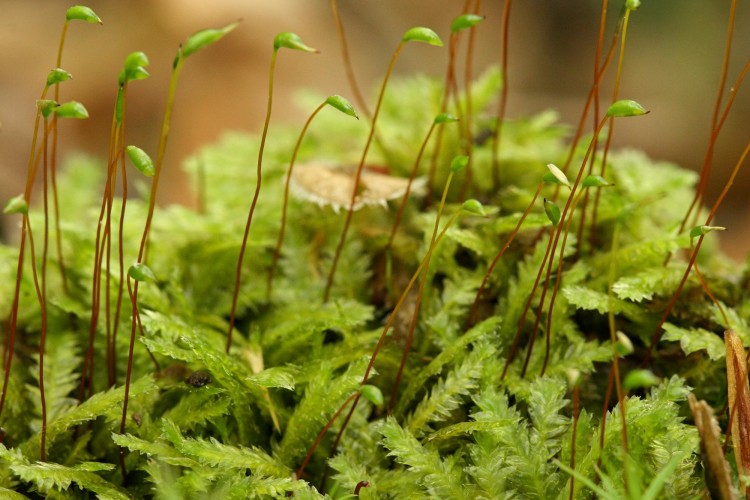
Plagiothecium denticulatum in open wooded wet spot, Hocking County, Ohio. May 10, 2008.
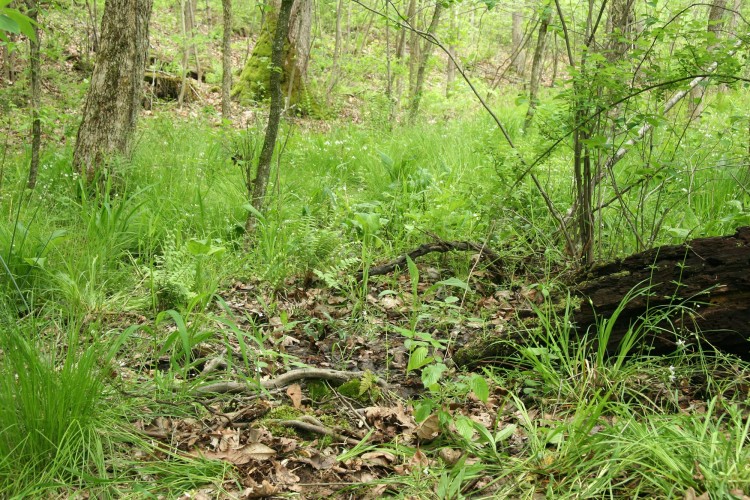
Plagiothecium denticulatum habitat, wooded wet spot, Hocking County, Ohio. May 10, 2008.

Plagiothecium denticulatum in open wooded wet spot, Hocking County, Ohio. May 10, 2008.
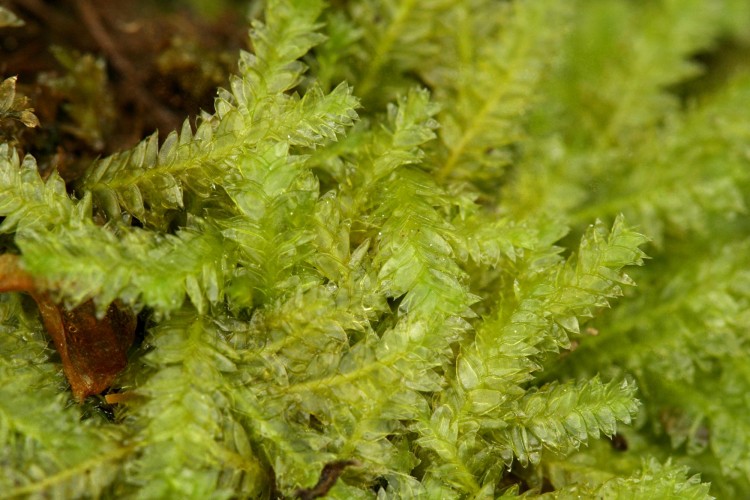
Plagiothecium denticulatum in open wooded wet spot, Hocking County, Ohio. May 10, 2008.
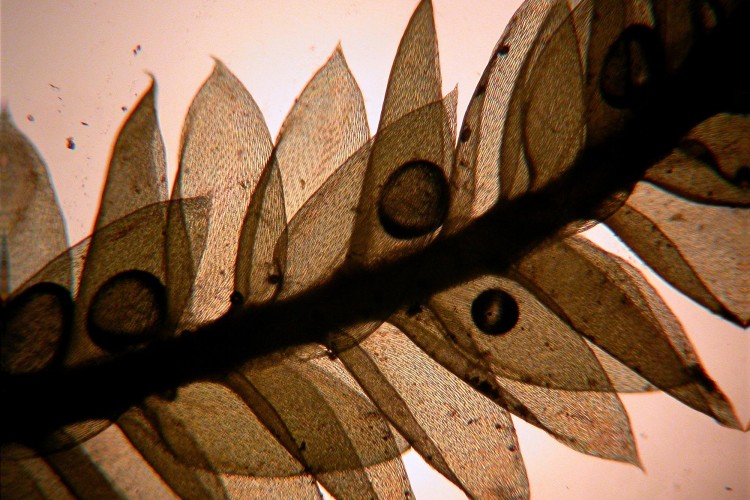
Plagiothecium denticulatum stem and leaves.
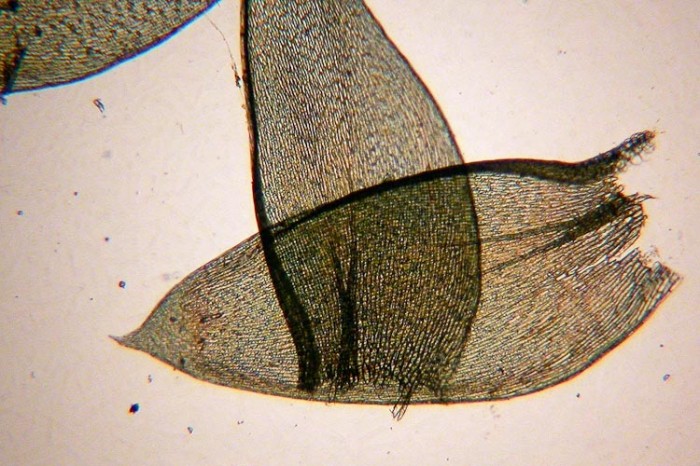
Plagiothecium denticulatum leaves. Note spherical cells in leaf decurrency.
How to recognize Plagiothecium denticulatum: This moss is always a complanate, or flattened plant. The costa, and brood-bodies if present, are similar to those of Plagiothecium cavifolium, but the leaf shape is asymmetric. Under the compound microscope the leaf decurrencies often found on only one side of the leaf are protruding in an auriculate area of inflated spherical cells differing from the rectangular cells usually found in the decurrencies of the Plagiothecium genus. And if your compound scope has a reticle to measure the width of the leaf cells they are 10-20 microns wide, which is wider than 4-8 microns seen in Plagiothecium laetum, another very similar Ohio genus.
Where to find Plagiothecium denticulatum: This moss, like Plagiothecium cavifolium is found on soil or humus, over rocks in wet shady areas.
